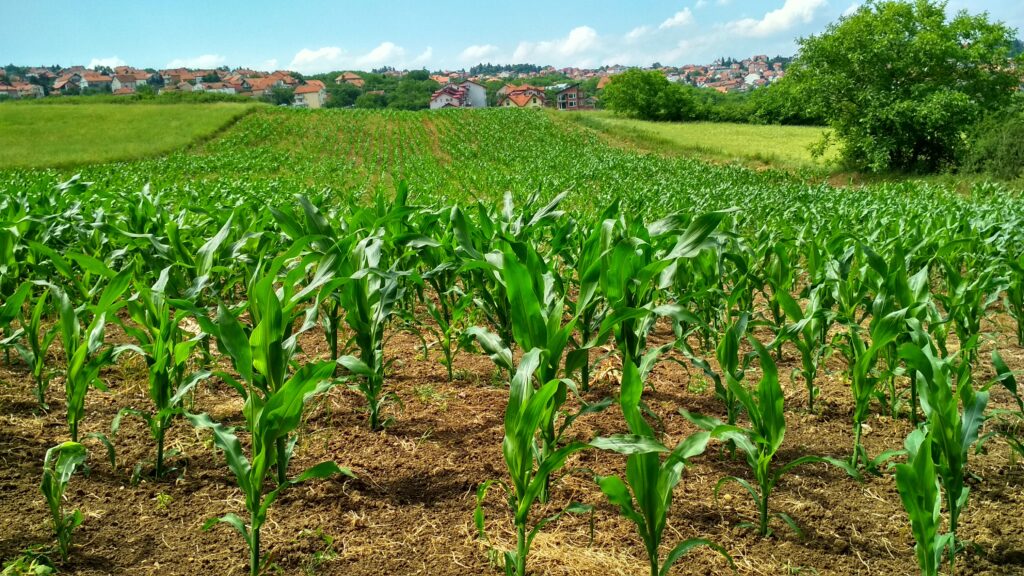 As the world’s population continues to grow, agriculture faces an enormous challenge to meet the increasing demand for food. Cover cropping is a sustainable solution that can help farmers meet this challenge while also providing a range of other benefits. Cover cropping involves planting crops specifically to improve soil health and increase yields. This article explores the benefits of cover cropping for agriculture and the environment.
As the world’s population continues to grow, agriculture faces an enormous challenge to meet the increasing demand for food. Cover cropping is a sustainable solution that can help farmers meet this challenge while also providing a range of other benefits. Cover cropping involves planting crops specifically to improve soil health and increase yields. This article explores the benefits of cover cropping for agriculture and the environment.
Get Your Soil Ready: The Benefits of Cover Cropping
Cover cropping involves growing crops that are not intended for harvest but rather for the purpose of protecting and enriching the soil. Cover crops help to prevent soil erosion, improve soil structure, and increase organic matter. They can also help to control weeds and pests, reducing the need for pesticides and herbicides. Furthermore, cover crops help to retain moisture in the soil, reducing the need for irrigation. By improving soil health, cover cropping can lead to better yields and higher quality produce.
A Greener Way of Farming: How Cover Crops Help the Environment
Cover cropping is an environmentally friendly practice that can help to reduce greenhouse gas emissions and mitigate climate change. Cover crops absorb carbon from the atmosphere and store it in the soil, reducing the amount of carbon dioxide in the air. They also help to reduce the need for synthetic fertilizers, which are a significant source of greenhouse gas emissions. Cover crops also help to reduce soil erosion, which can lead to soil degradation and the loss of biodiversity.
Better Yield, Healthier Soil: The Positive Impact of Cover Cropping
Cover cropping has been shown to improve soil health, leading to better yields and higher quality produce. By increasing soil organic matter, cover crops help to retain moisture and nutrients, improving soil fertility. They also help to reduce nutrient runoff, which can lead to water pollution. Cover crops can also improve soil structure, making it easier for plant roots to access water and nutrients. By improving soil health and reducing the need for synthetic fertilizers and pesticides, cover cropping can also lead to cost savings for farmers.
Go Green with Cover Cropping: A Sustainable Solution for Agriculture
Cover cropping is a sustainable solution for agriculture that can help farmers meet the growing demand for food while also protecting the environment. By improving soil health, cover cropping can lead to better yields, higher quality produce, and cost savings for farmers. Cover crops also help to reduce greenhouse gas emissions, mitigate climate change, and protect biodiversity. As more and more farmers adopt cover cropping, we can create a greener, more sustainable future for agriculture.
Cover cropping is a simple yet powerful solution that can make a significant impact on agriculture and the environment. By improving soil health and reducing the need for synthetic fertilizers and pesticides, cover cropping can lead to better yields, higher quality produce, and cost savings for farmers. It can also help to reduce greenhouse gas emissions, mitigate climate change, and protect biodiversity. As consumers, we can support farmers who practice cover cropping by choosing products that are sustainably grown. Together, we can create a greener, more sustainable future for agriculture and the planet.
